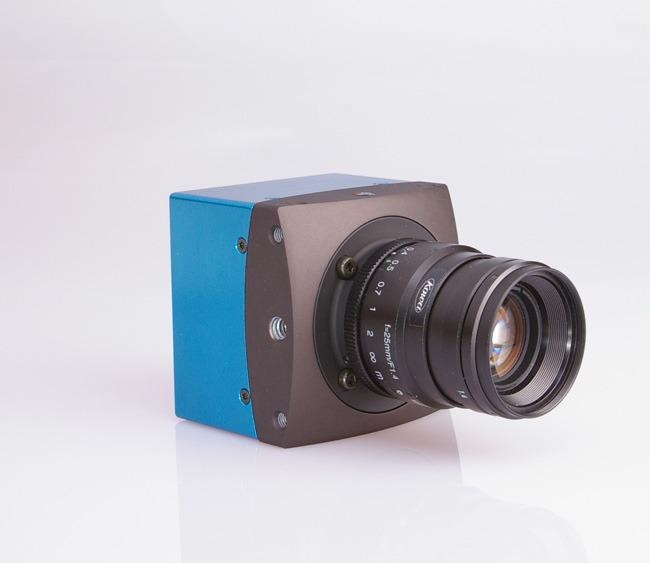Vinyl nitrile (VN) is a closed-cell foam derived from synthetic rubber. It is soft, flexible and offers good impact attenuation. Vinyl nitride is also resilient meaning that it crushes on impact and reduces energy transfer to the head, before regaining its shape and protective qualities. For that reason, vinyl nitrile is used in football, hockey, snowboarding and other sports helmets, and is especially effective where increased shear force can induce rotational accelerations of the head.

Image Credit: Mikrotron GmbH
Researchers at the École de Technologie Supérieure and the Hôpital du Sacré-Cœur in Montreal, Canada, recently conducted a study partially funded by CCM, a hockey equipment manufacturer, addressing the strain rate dependent behavior of three different densities of VN foams. The aim of the study was to create data to compare VN foams to other helmet liner materials — information that could help in the design of safer helmets. While helmets act as the first line of defense against traumatic brain injuries, serious but less extensive head injuries such as concussions are still common when athletes are wearing a helmet. In the United States, the Center of Disease Control estimates upwards of 3.8 million sport-related concussions occur annually.
Testing Procedures
The three Vinyl nitrile samples had densities of 97.5, 125, and 183 kg/m3. Samples measured 20 mm in height to correspond to the typical foam thickness in a hockey helmet. During testing each sample was submitted to quasi-static compression and impacts in compression, as well as a combination of compression and shear with a loading direction of 45°. Shear tests were performed with an electromechanical universal machine. For impacts, a drop test rig was deployed, and a method was developed to account for strain rate variation during impactor deceleration.
In both setups, the impactors were dropped from multiple heights starting at 200 mm, up to the maximal height of 2.6 meters in increments of 200 mm. The resulting impact speed ranged from 2 to 7 meters per second, corresponding to typical impact speeds applied to a helmet during a football game, a hockey game or a ski accident.
A MotionBLITZ EoSens mini high-speed camera from Mikrotron was used to acquire video for analysis at a sampling rate of 10 kHz. The displacement of the impactor was measured in the video by automatically tracking markers placed on the impactor with digital image correlation using GOM Correlate software. The synchronization of the load cell measurement and the video was performed by matching the time of the first load measurement with the time of the first video footage showing a contact between the impactor and the foam. The Mikrotron camera was also used to ensure that there was no slippage between the foam and both the laying surface and the impacting surface. In the lab, lighting was the crucial point in capturing the recordings accurately. The MotionBLITZ EoSens® mini resolved the lighting issue with its high sensitivity that enables high-speed recordings under normal lighting conditions at up to 506 frames per second at 1,280 x 1,024 pixel resolution.
By analyzing the video, researchers were able to predict the stress vs. strain curve of the three VN foams at any constant rate within the tested range. This information is useful when evaluating the behavior of VN foams with other types of helmet foams at similar loading rates. For example, compared to expanded polypropylene, vinyl nitrile foams transmitted less stress at the onset of densification for equivalent absorbed energy and presented a larger ratio between the compression and shear stresses in combined loading. This data explains why vinyl nitrile helmet liners are judged better at reducing head rotational acceleration than expanded polypropylene helmet liners.